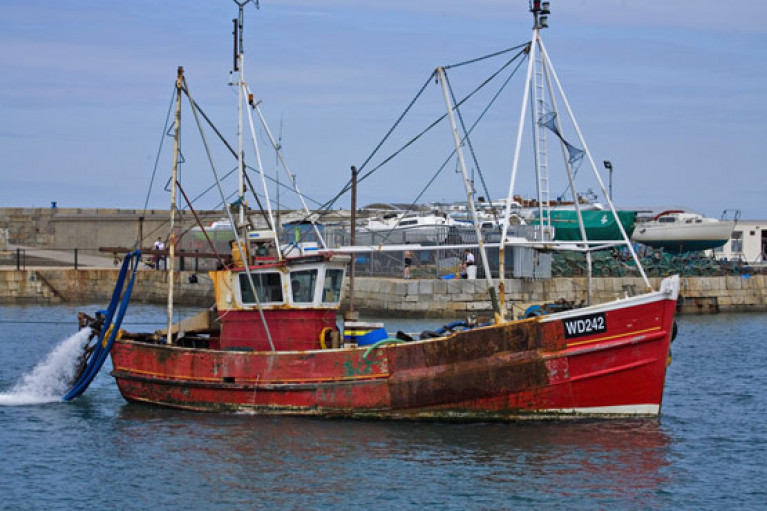The Department of Agriculture, Food and the Marine’s latest Annual Review and Outlook for the fisheries sector is a generally positive one — though tempered by the challenges of Brexit and the coronavirus.
Published today, Thursday 8 October, the review cites CSO figures for 2019 which put the value of Irish seafood exports at €577 million with increases in the value of both salmon and mackerel, Ireland’s most valuable export catches.
Mackerel’s 7% value increase was particularly remarkable as it came despite an 8% drop in volume, following a reduction of the quota by one fifth — thanks in part to a bullish market in Asia.
Shellfish exports had a challenging year in 2019, however, with volumes and values down significantly in the oyster sector.
The coronavirus pandemic has seen similar challenges experienced across the fisheries and aquaculture sectors over the course of 2020 thus far.
“Nonetheless, in spite of the difficulties, the fishing industry has continued to keep food in our shops and on our tables during this extraordinary time,” the report says.
“This has highlighted the vital role that the fishing industry plays in the food chain. This, in turn, underscores the importance of ensuring the sustainability of our fish stocks.
“Due to the closure of the food service sector around the world during the pandemic and transportation issues, exports of fish from Ireland were down around 20% in value during the first four months of 2020.”
Meanwhile, Brexit remains a serious concern, with fears that more than 70% of the Irish fishing fleet could lose access to their regular grounds in UK waters in the absence of a deal on fisheries.
The report outlines: “The UK demand is that quota shares are established on the basis of ‘zonal attachment’ and each year access to the UK fishing grounds are ‘purchased’ using the transfer of EU quota to the UK as recompense for this access.
“If the UK zonal attachment demand was applied, it would have huge negative consequences on Irish fisheries because the UK could claim a much higher proportion of the available fishing quotas for each stock each year.”
It continues: “The UK ‘zonal attachment’ claim is based on the level of catches taken from UK waters. If this criterion was used, it would result in Irish fish quotas being cut by 35% in value.
“The displacement of the EU fleet from the Irish exclusive economic zone (EEZ) and/or the reduction in EU quota shares, if remedial measures are not taken, is likely to lead to serious over-exploitation of stocks in our own EEZ; deliver substantial cuts to many of our quotas; [and] cause a substantial control challenge for the Irish navy, and potentially conflict at sea.”
The report also comes on the same day that the High Court struck down the ban on larger vessels fishing within Ireland's six-mile nautical limit, as reported earlier on Afloat.ie, which could have significant conseqences for Ireland's inshore fishing fleet.
The department’s 2020 review and outlook for fisheries and aquaculture can be found attached below, and the full review is available from the DAFM website HERE.































































